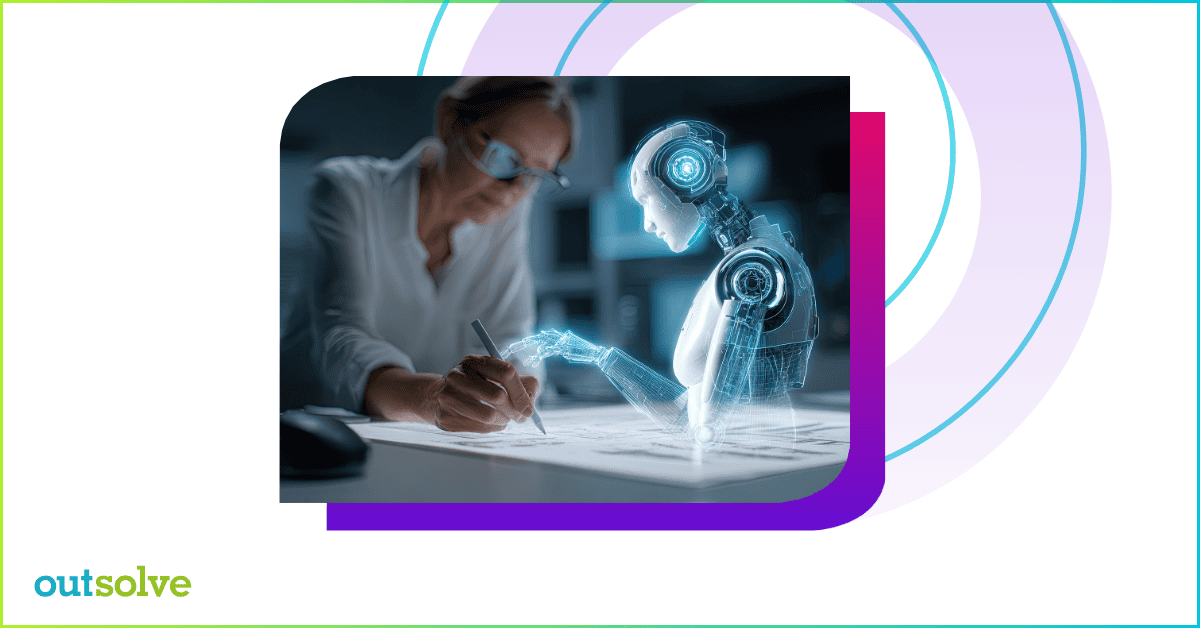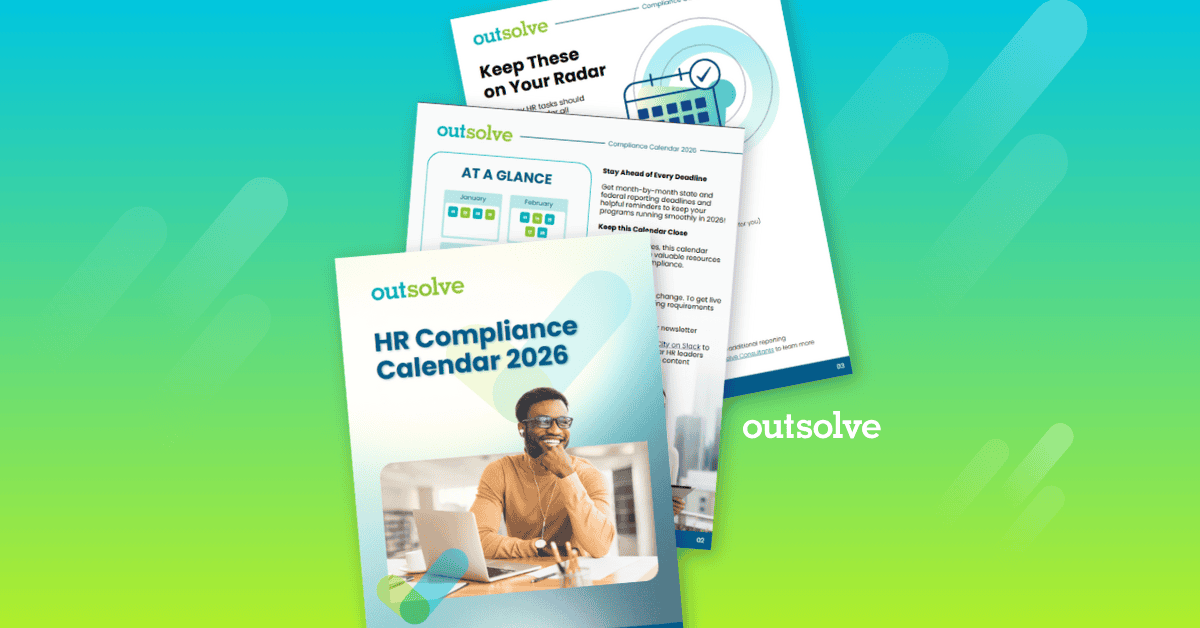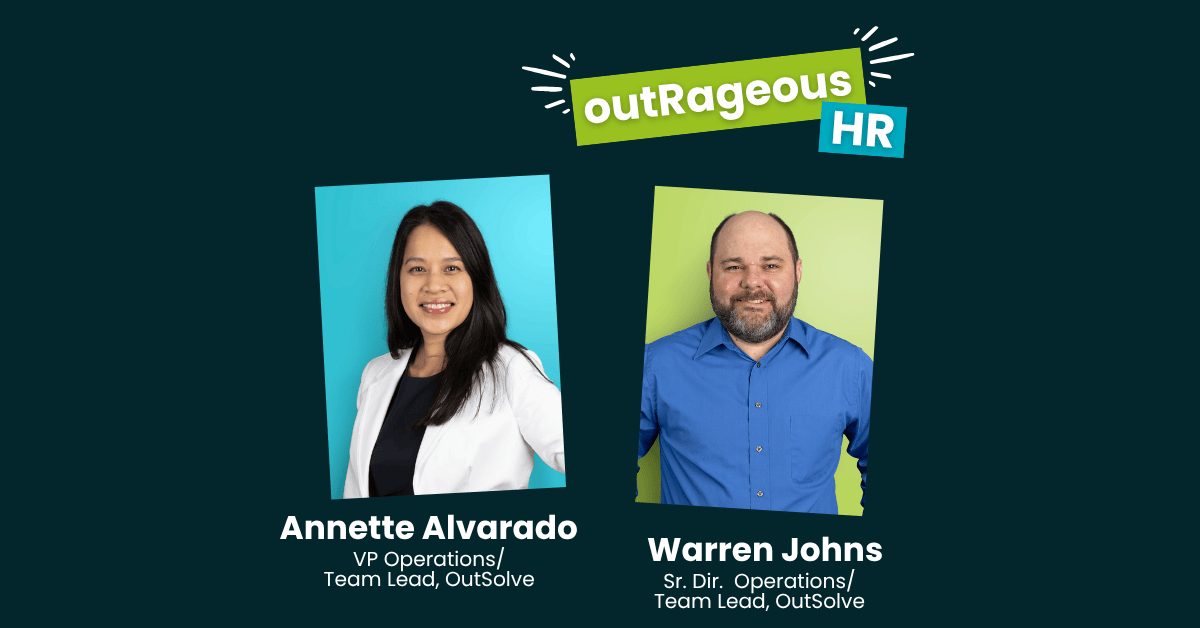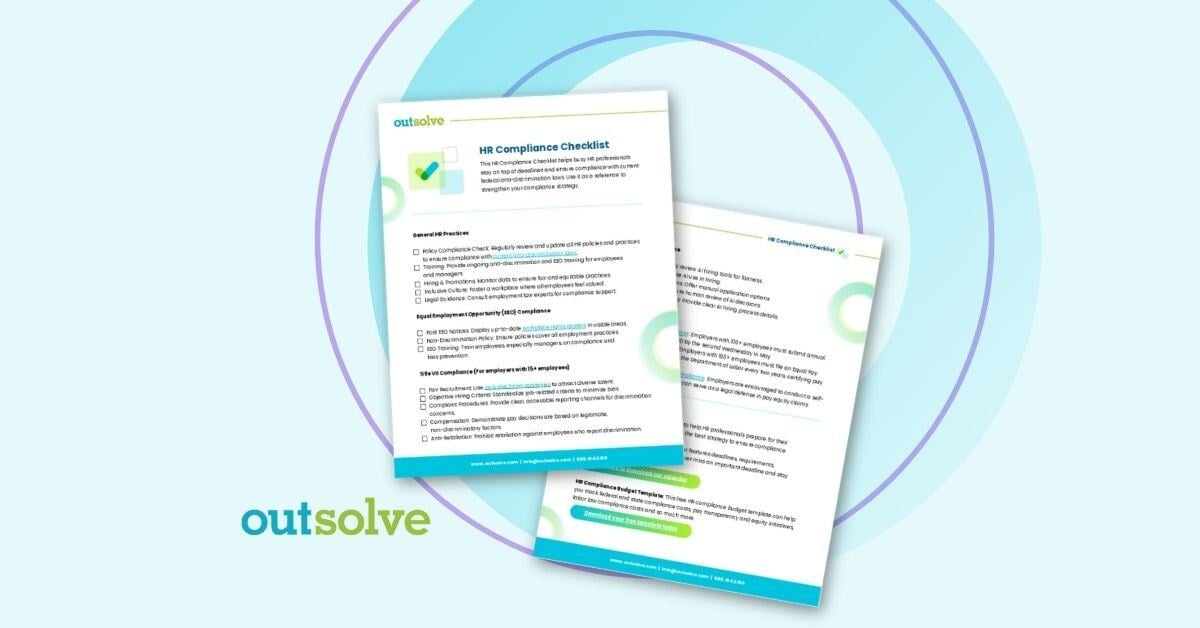
This article is part of an ongoing legal series designed to provide insight and practical guidance on current and emerging workplace compliance issues. These insights shared by lawyers are based on their interpretation of existing regulations and proposed changes, and intended for informational purposes, not to be regarded as legal advice.
In January 2025, President Donald Trump issued an executive order calling for a national artificial intelligence strategy. In July 2025, the government released its AI action plan. Whether you are an early adopter or hesitant about this wave of technological change, AI is now part of the long-term business landscape and critical to get right in HR. The U.S. government has endorsed AI use through its AI action plan and is encouraging individuals and businesses to adopt it.
Defining Artificial Intelligence
Everywhere you look, people seem to be talking about jobs being replaced by AI, but what, actually, is AI? Some people may imagine robots or sentient machines, but that is not what this kind of AI is.
Put simply, AI systems are a body of extraordinarily complex programming trained to perform human-like tasks. These systems often rely on natural language processing (NLP), which enables them to understand, process, and respond to human language.
Definition
The U.S. government defines artificial intelligence as a “machine-based system” that, based on human-defined objectives, can make:
- Predictions,
- Recommendations, or
- Decisions.
Artificial intelligence systems use inputs to:
- Perceive environments,
- Automatically translate perceptions of those environments into models, and
- Infer options and actions based on those models.
AI systems typically use machine learning, which allows the software to adapt and improve over time based on data exposure rather than specific programming.
Common Types of AI
AI tools come in different forms, including:
- Generative AI—creates new content, such as images, text, music, or videos;
- Predictive AI—uses techniques like linear regression and time series analysis to forecast and assess risk;
- Assistive AI—assists with various specific tasks; and
- Conversational AI—holds natural-language conversations.
ChatGPT, for example, combines elements of several AI categories and is often used in workplace settings to draft communications or answer questions. Midjourney produces images through generative AI, while tools like Textio can help HR teams improve job postings. Greenhouse and Lever use predictive AI for resume screening, and platforms such as Workday or Visier apply analytics to forecast workforce needs. Conversational AI also powers employee-facing chatbots to respond to common questions about benefits, leave policies, and onboarding.
AI and AI-adjacent programs are not new. Spellcheck, predictive text, automatic translators, diagnostic systems, robot vacuums, and more use the same basic systems. Recent developments have moved AI into more general-purpose uses, but many technological innovations use AI systems for specific and specialized purposes.
Executive Order 14179
Executive Order 14179: Removing Barriers to American Leadership in Artificial Intelligence declares that the U.S. should:
- Strengthen AI and promote U.S. innovation in AI systems;
- Use AI to promote human flourishing, economic competitiveness, and national security; and
- Develop an AI action plan.
The order directed a working group to develop a federal AI action plan within 180 days.
The AI Action Plan
Released in July 2025, as part of the President’s desire to deregulate industry, the AI action plan consists of three pillars. It encourages increased AI adoption, building up U.S. AI infrastructure, and making the U.S. a global leader in AI. It also calls for AI companies to program their systems in a politically neutral and unbiased way.
Pillar One
The first pillar of the government’s AI action plan is accelerating AI innovation. The plan proposes to:
- Eliminate regulatory red tape;
- Ensure that AI protects free speech and reflects American values;
- Support open-source and open-weight AI;
- Enable businesses and individuals to adopt AI, empower American workers, and support next-generation manufacturing;
- Invest in AI science, build world-class scientific datasets, and advance the science of AI;
- Invest in AI interpretation, control, and robustness;
- Build a system for AI evaluations;
- Accelerate AI adoption in government and drive adoption of AI within the Department of Defense (DOD);
- Protect commercial and government AI innovations; and
- Combat the misuse of AI-created media in the legal system.
These policies are designed to support American AI innovation and the development of safe, high-quality AI tools.
Pillar Two
Pillar two focuses on building and expanding American AI infrastructure. It includes plans to:
- Create secure, streamlined permitting processes for data centers, semiconductor manufacturing, and energy infrastructure;
- Modernize the energy grid to match the pace of AI demand;
- Restore American semiconductor manufacturing capacity;
- Build high-security data centers for the military and intelligence communities and bolster critical cybersecurity infrastructure;
- Train a skilled workforce on AI infrastructure;
- Promote secure AI technologies and applications; and
- Improve coordination around AI incident response.
Workforce training and digital infrastructure are likely to impact HR departments most directly.
Pillar Three
The final pillar addresses international AI diplomacy and security, and outlines a vision for U.S. leadership in international AI development, including:
- Exporting American AI to allies and partners;
- Countering Chinese influence in international bodies;
- Strengthening AI export control enforcement and eliminating loopholes in semiconductor manufacturing export controls;
- Aligning protection measures globally;
- Ensuring that the U.S. government is at the forefront of evaluating national security risks in frontier models; and
- Investing in biosecurity measures.
These policies aim to position the U.S. as the global leader for responsible AI development and oversight.
Planning for the New Federal AI Policy
The federal AI policy does not require businesses to take specific, affirmative steps. While few of these policies directly require HR professionals to make changes, this governmental endorsement of AI may have a significant impact on the U.S. economy. Government bodies and businesses will continue to adopt or accelerate their adoption of AI-based technologies. As a result, companies are likely to confront the need for comprehensive AI policies sooner rather than later.
Explore AI Tools
Many programs that use AI technologies exist to assist HR professionals with their work. Those programs may help with, for example:
- Recruitment and hiring—sorting or sourcing candidates and selecting interviewees using applicant tracking systems (ATS) or drafting, reviewing, and formatting job descriptions;
- Employee onboarding and offboarding—organizing forms, guiding employees through policies, scheduling training sessions, or sending out exit surveys;
- Workforce planning and analytics—analyzing trends in employee data, predicting potential staffing needs, or proposing schedules; and
- Learning and development—teaching employees new skills, personalizing experiences, and adapting to individual needs and skill levels.
As you adopt AI tools, pay attention to potential pitfalls. For example, some tools have been known to perpetuate racial, sex-based, and similar biases. Also ensure that new technologies do not create equal employment opportunity barriers for qualified individuals with disabilities, who may need accommodations in the use or application of the technology.
For more information on ensuring compliance while adopting AI tools, download our HR Compliance Checklist.
Creating an AI Policy
If you want to create an AI policy, determine which AI tools can help with aspects of your operations. While many talk AI up as a cure-all, what we call AI is an extensive database of language and predictions that may not be suitable for all applications.
Businesses that consider adopting AI should create or update internal policies that clarify:
- Where AI tools will be used,
- What types of use are acceptable or restricted,
- When employees must disclose or get approval for AI use, and
- What oversight procedures exist.
Clear guidelines can help employees use new AI tools responsibly. As AI evolves, be prepared to revisit your policies regularly.
AI Upskilling
Along with creating new operating policies, businesses implementing AI may want to pursue AI upskilling. AI upskilling means teaching workers new skills that align with emerging technologies.
For HR departments, this can be practical and hands-on. Teams might run internal workshops on how to use AI in daily HR tasks, like resume screening or employee surveys. They may also encourage staff to experiment with HR-focused AI tools that include built-in privacy and compliance safeguards, or partner with vendors that offer certifications in AI skills relevant to HR.
HR professionals may consider implementing training that includes:
- Learning how to prompt or query AI;
- Understanding how output is generated;
- Identifying risks, such as inaccuracy or bias; and
- Knowing when human oversight is necessary.
HR teams should evaluate whether their training programs need to evolve to incorporate AI skills.
To Adopt or Not to Adopt AI Tools
The federal AI action plan shows that AI is a national strategic priority, and AI use continues to expand across industries. As the world and workforce change, researching what options are available to supplement one's work and deciding whether to adopt them may become essential to operating businesses in certain industries.
If you need help staying policy-ready as AI adoption expands in the workplace, contact Outsolve.
Founded in 1998, OutSolve has evolved into a premier compliance-driven HR advisory firm, leveraging deep expertise to simplify complex regulatory landscapes for businesses of all sizes. With a comprehensive suite of solutions encompassing HR compliance, workforce analytics, and risk mitigation consulting, OutSolve empowers organizations to navigate the intricate world of employment regulations with confidence.
Weekly OutLook
Featured Posts

New Year, New Deadlines: 2026 HR Compliance Calendar

outRageous HR: Plan Now or Pay Later
Related Posts

In-House or Outsourced I-9 Management: Which Is Best for Your Organization?
Every U.S. employer, regardless of size or industry, is required by law to confirm each new hire’s identity and verify that they are authorized to...

outRageous HR: Building a Compensation Strategy That Actually Works
If your compensation strategy is mostly “gut feeling” plus whatever you did last year… it’s time to rethink your approach.

HR Compliance Checklist: What Every HR Pro Needs to Know
During times of sweeping change to federal laws, and with new state laws being enacted, it's more important than ever for HR professionals to ensure...

